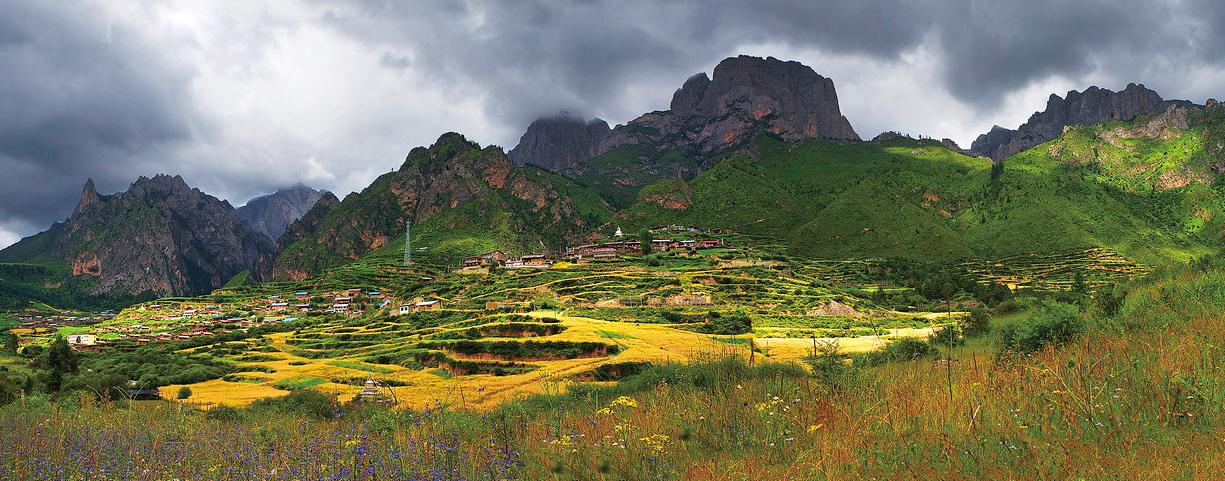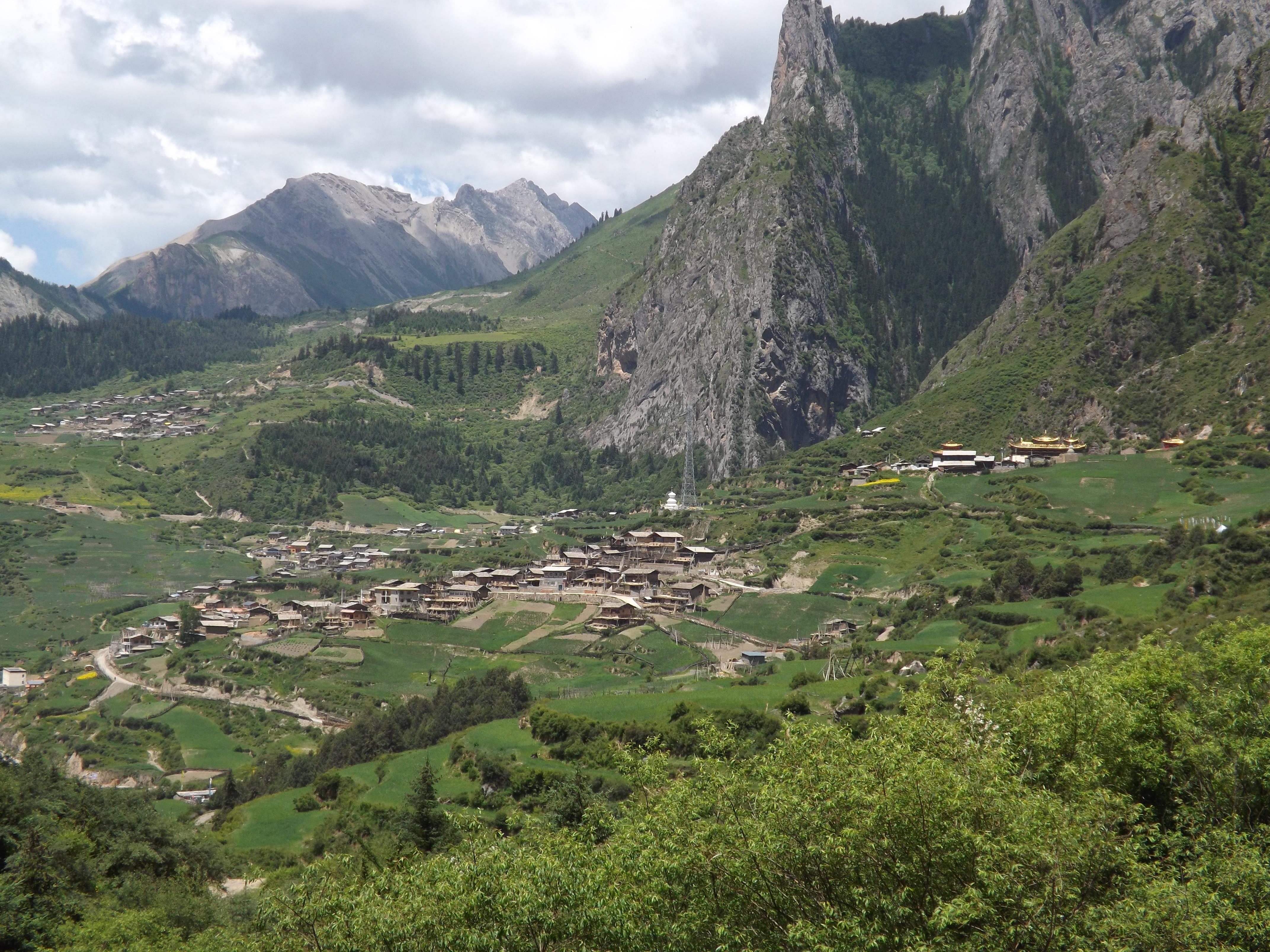Dongwa Village Protected Forest, China
Description
The Dongwa Village Protected Forest in China is a 6km2 area of temperate coniferous forest and grassland that is under the governance of three local communities.
History and Activities
The land has been managed by the local communities since 1958. In 1980, land use conflicts caused the communities’ traditional management practices to cease. However, in 1982, the communities recovered these management practices, leading to the expansion of the area of forest under community management.
Conservation
The communities have strong incentives to conserve their environment. The Holy Mountain, where community members engage in religious activities, lies within the area under protection. They are also conscious of the role played by the surrounding forests in protecting them from natural disasters such as landslides.
The communities’ conservation efforts protect 314 species of woody plants and over 200 species of vertebrates, including snow leopards, argalis (mountain sheep), bharals (Himalayan blue sheep), blue eared pheasants, and other endangered species.
Management and Governance
The communities’ management practices are passed down orally from generation to generation. Decisions are made by an elected local community management committee.
The area under management is divided into zones including a strictly protected zone, tourism development zone, and a designated area where resource use is permitted. Within this designated area, community members may graze livestock and collect resources including fuel wood, timber and non-timber forest products. Such activities are strictly prohibited beyond the designated area. Resource use is limited to certain resource types and limits are set on resource use.
Threats and Challenges
While the communities welcome the potential positive impacts of tourism, the speed with which this industry is growing is also posing problems for the protected forest. Although the area now attracts 100,000 tourists each year, a lack of adequate facilities to support them means that litter is becoming a problem. There is no information available at the site to inform visitors about the protected forest, and wild animals have been disturbed by increasing numbers of vehicles.
A lack of legal recognition means that the communities lack capacity to optimise their management of the area and adapt to changing threats. They feel they lack technical knowledge and the capacity to implement a management plan, and would benefit from a decisive figure to provide management experience and strategic decisions.
This case study was originally published by UNEP-WCMC. The content was provided by the custodians of this ICCA. The ICCA has been self-declared and has not been through a peer-review process to verify its status. More details on this process can be found here. The contents of this website do not necessarily reflect the views or policies of UN Environment Programme or WCMC.

